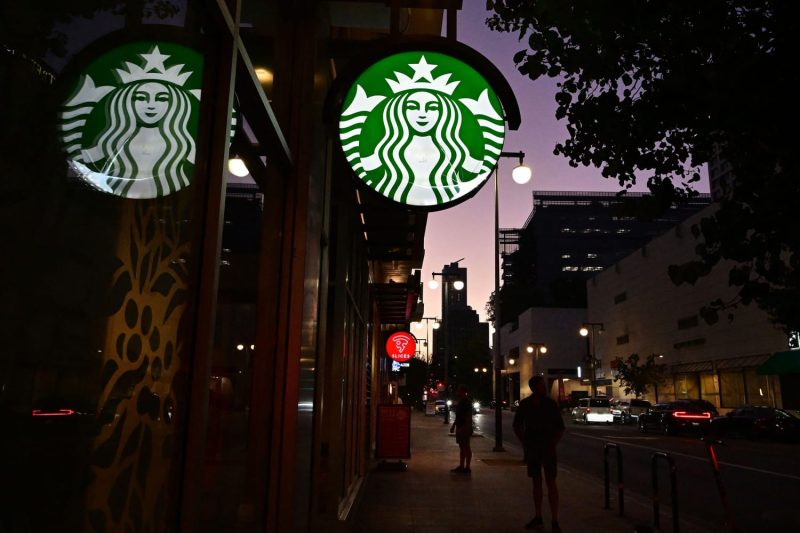In a recent legal action, an ex-Starbucks employee lodged a lawsuit against the coffee giant for wrongful termination, alleging that his dismissal was unfairly linked to his action of intervening during an attempted robbery. This unprecedented case necessitates an investigation of the incident and its associated implications, potentially altering employer obligations and employee rights concerning crime prevention.
On the fateful day of the aforementioned incident, the plaintiff, a Starbucks shift supervisor, successfully disarmed and detained an individual attempting to rob the store. Acting instinctively and bravely, he protected his fellow employees and clients from a potentially dangerous situation. However, in an unexpected turn of events, he was later dismissed from his job, with Starbucks attributing his termination to violation of company policies.
Starbucks’ workplace safety policy, subtly discourages employees from engaging in confrontations with criminals, citing reasons tied to employee and customer safety. Their policy, like many other retail and service chains, encourages non-engagement as a preventative safety measure during criminal incidents. This is to avoid potentially escalating a volatile situation, putting innocent lives at risk. However, the plaintiff’s defense team argues that the ex-employee was acting in a life-threatening situation, where immediate action was essential.
The plaintiff’s attorneys contend that such policies should not penalize employees acting in self-defense or in protection of others, and are asserting this viewpoint as a central facet of their wrongful termination claim. They assert that no rule or policy should supersede an individual’s instinct for self-preservation and the preservation of others in dangerous situations.
The case has been marked by debates on the intersection of company policy, safety, workers’ rights, and liability. While companies like Starbucks stand on the standpoint of minimizing risk through non-engagement, opponents argue that humans have an intrinsic right to self-defense and protection of their peers. The opponents also posit that expecting employees to remain passive during a criminal encounter may lead to further harm and trauma.
From a legal standpoint, the case digs into the complexity of employment laws and policies. The at-will employment doctrine, which allows employers to dismiss employees at any time without providing a reason, applies in most U.S. states. However, there also exist exceptions to this rule, which often include unlawful circumstances, wherein an employer isn’t permitted to terminate an employee’s job. Public policy violation can qualify as one such exception, within which context the plaintiff is lodging his claim.
The lawsuit against Starbucks also sheds light on the training programs offered by service companies for their employees. Most of these programs focus on de-escalation techniques and preferred actions during criminal incidents; however, they are seldom exhaustive or cover the multitude of possible real-life situations, as was illuminated in the former employees’ case.
This lawsuit against Starbucks for wrongful termination has provoked a heated conversation on workers’ rights and employer responsibility in the face of danger. It also compels us to question whether companies should develop more detailed, scenario-specific safety policies, and if employees should be given more rights in life-threatening situations.
As the case continues to court, it’s yet to be seen whether company policy will take precedence over an individual’s instinct to protect themselves and others. One thing is certain: whatever the outcome may be, it will have far-reaching implications for employee rights, workplace standards, and corporate liability.











